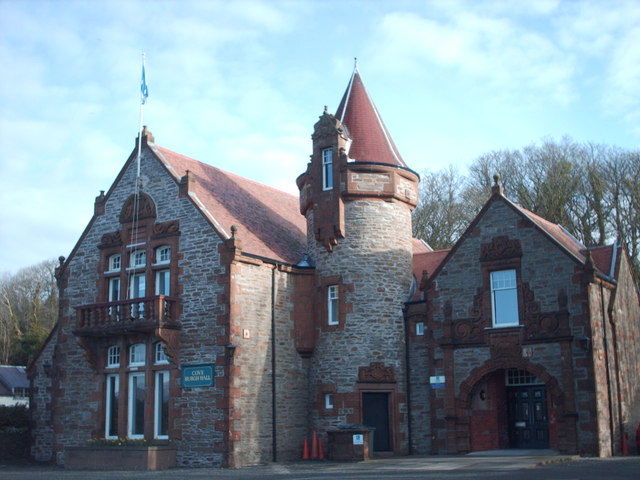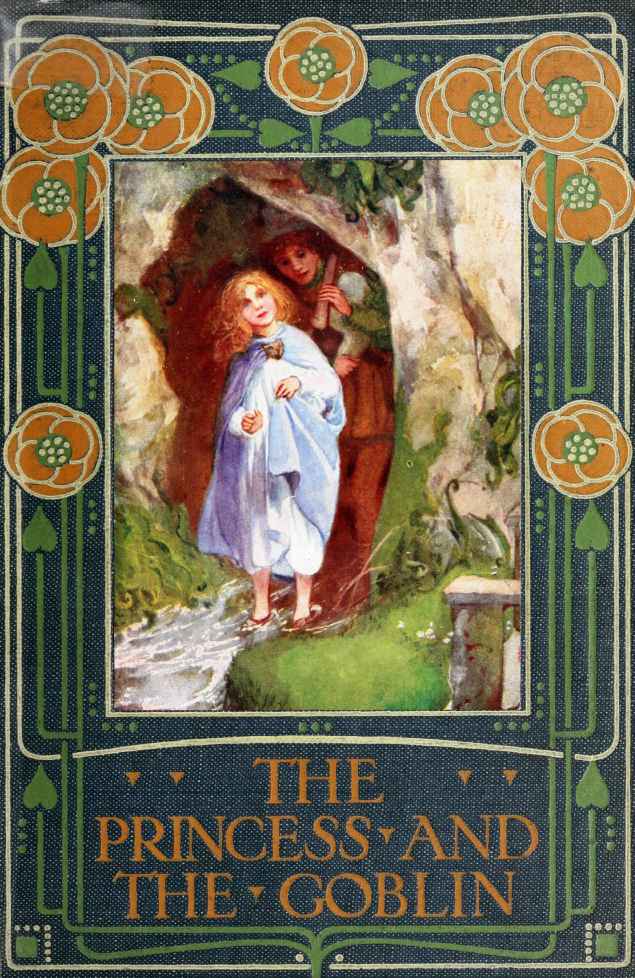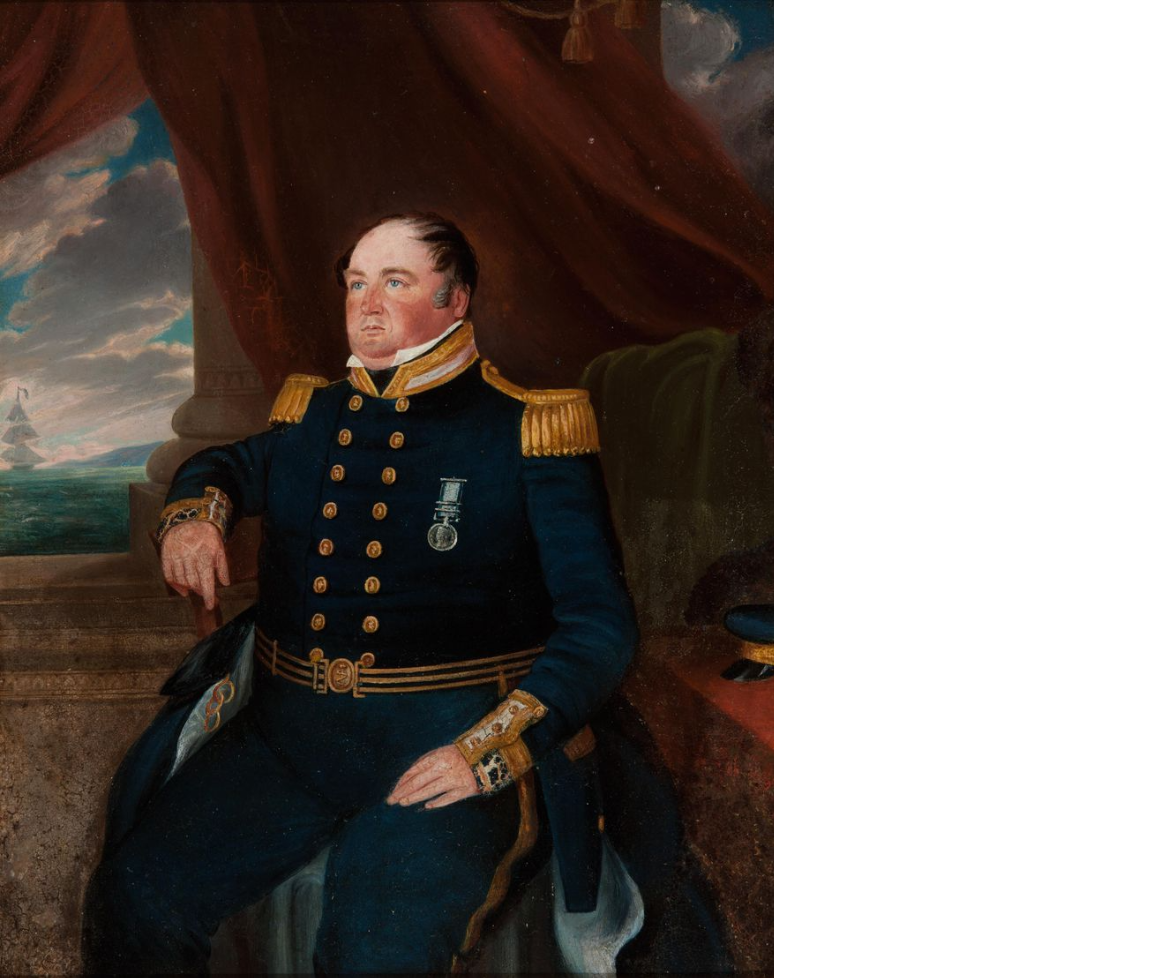|
Holmwood House
Holmwood House is the finest and most elaborate residential villa designed by the Scottish architect Alexander "Greek" Thomson. It is also rare in retaining much of its original interior decor, and being open to the public. A Category A listed building, the villa is located at 61-63 Netherlee Road, Cathcart, in the southern suburbs of Glasgow, and is owned by the National Trust for Scotland. Holmwood is considered to be immensely influential by several architectural historians, because the design as published in ''Villa and Cottage Architecture: select examples of country and suburban residence recently erected'' in 1868 may have influenced Frank Lloyd Wright and other proto-modernist architects. History Holmwood was constructed for James Couper, a paper manufacturer in 1857–1858. Couper and his brother Robert owned the Millholm paper mill in the valley of the White Water of Cart immediately below the villa. The principal rooms of Holmwood were orientated towards the view ... [...More Info...] [...Related Items...] OR: [Wikipedia] [Google] [Baidu] |
Glasgow
Glasgow ( ; sco, Glesca or ; gd, Glaschu ) is the most populous city in Scotland and the fourth-most populous city in the United Kingdom, as well as being the 27th largest city by population in Europe. In 2020, it had an estimated population of 635,640. Straddling the border between historic Lanarkshire and Renfrewshire, the city now forms the Glasgow City Council area, one of the 32 council areas of Scotland, and is governed by Glasgow City Council. It is situated on the River Clyde in the country's West Central Lowlands. Glasgow has the largest economy in Scotland and the third-highest GDP per capita of any city in the UK. Glasgow's major cultural institutions – the Burrell Collection, Kelvingrove Art Gallery and Museum, the Royal Conservatoire of Scotland, the Royal Scottish National Orchestra, Scottish Ballet and Scottish Opera – enjoy international reputations. The city was the European Capital of Culture in 1990 and is notable for its architecture, cult ... [...More Info...] [...Related Items...] OR: [Wikipedia] [Google] [Baidu] |
Page\Park Architects
Page\Park Architects was established in 1981 by David Page and Brian Park and has developed as one of Scotland's best known practices undertaking work over a range of sectors. With over 150 national and international design awards since its inception in 1981, Page\Park has won the Carbon Trust Award in Scotland twice, and has been shortlisted for the RIAS Andrew Doolan Award for Architecture four times, winning once in 2006 for the Maggie's Centre Highlands and receiving a Special Commendation in 2010 for the McManus Galleries. In 2005, the Scottish architecture magazine ''Prospect'' published a list of the 100 best modern Scottish buildings, as voted for by its readers, which featured six Page\Park projects. In 2010, Page\Park were 93rd in the Architects Journal top 100 architectural practices in the United Kingdom. In 2014 they had risen to 71 and had won the AJ100 Best Place to Work Award 2014. In December 2013 they became an employee owned business. Following the 2018 f ... [...More Info...] [...Related Items...] OR: [Wikipedia] [Google] [Baidu] |
Category A Listed Buildings In Glasgow
Category, plural categories, may refer to: Philosophy and general uses *Categorization, categories in cognitive science, information science and generally *Category of being * ''Categories'' (Aristotle) *Category (Kant) *Categories (Peirce) *Category (Vaisheshika) *Stoic categories *Category mistake Mathematics * Category (mathematics), a structure consisting of objects and arrows * Category (topology), in the context of Baire spaces * Lusternik–Schnirelmann category, sometimes called ''LS-category'' or simply ''category'' * Categorical data, in statistics Linguistics * Lexical category, a part of speech such as ''noun'', ''preposition'', etc. *Syntactic category, a similar concept which can also include phrasal categories *Grammatical category, a grammatical feature such as ''tense'', ''gender'', etc. Other * Category (chess tournament) * Objective-C categories, a computer programming concept * Pregnancy category * Prisoner security categories in the United Kingdom * W ... [...More Info...] [...Related Items...] OR: [Wikipedia] [Google] [Baidu] |
Millbrae Crescent
Millbrae Crescent is a street located in Glasgow providing numerous examples of category A listed buildings thought to be designed by Alexander "Greek" Thomson, or posthumously by his architectural partner, Robert Turnbull. The street comprises an elegant row of two-storey terraced houses built using blonde sandstone and exemplifying Thomson's typical use of Egyptian-derived columns and ornamentation. Millbrae Crescent is located on the River Cart in Langside, Glasgow, and within close proximity of Thomson's noted residential Victorian villa, Holmwood House. The crescent, which is located near the White Cart Water river, has been a high risk area for flooding over the years.Lundy, Iain"£53m project to stop misery for city residents" ''The Evening Times The ''Glasgow Times'' is an evening tabloid newspaper published Monday to Saturday in the city of Glasgow, Scotland. Called ''The Evening Times'' from 1876, it was rebranded as the ''Glasgow Times'' on 4 December 2019. [...More Info...] [...Related Items...] OR: [Wikipedia] [Google] [Baidu] |
List Of Category A Listed Buildings In Glasgow
This is a list of Category A listed buildings in Glasgow, Scotland. In Scotland, the term listed building refers to a building or other structure officially designated as being of "special architectural or historic interest". Category A structures are those considered to be "buildings of national or international importance, either architectural or historic, or fine little-altered examples of some particular period, style or building type." Listing was begun by a provision in the Town and Country Planning (Scotland) Act 1947, and the current legislative basis for listing is the Planning (Listed Buildings and Conservation Areas) (Scotland) Act 1997. The authority for listing rests with Historic Scotland, an executive agency of the Scottish Government, which inherited this role from the Scottish Development Department in 1991. Once listed, severe restrictions are imposed on the modifications allowed to a building's structure or its fittings. Listed building consent must be obt ... [...More Info...] [...Related Items...] OR: [Wikipedia] [Google] [Baidu] |
Firth Of Clyde
The Firth of Clyde is the mouth of the River Clyde. It is located on the west coast of Scotland and constitutes the deepest coastal waters in the British Isles (it is 164 metres deep at its deepest). The firth is sheltered from the Atlantic Ocean by the Kintyre peninsula, which encloses the outer firth in Argyll and Ayrshire. The Kilbrannan Sound is a large arm of the Firth of Clyde, separating the Kintyre Peninsula from the Isle of Arran. Within the Firth of Clyde is another major island – the Isle of Bute. Given its strategic location at the entrance to the middle and upper Clyde, Bute played a vital naval military role during World War II. Geography At its entrance, the firth is about wide. At one area in its upper reaches, it is joined by Loch Long and the Gare Loch. This area includes the large anchorage off of Greenock that is known as the Tail of the Bank. (The “Bank” is a reference to the sandbank and shoal that separates the firth from the estuary of the Ri ... [...More Info...] [...Related Items...] OR: [Wikipedia] [Google] [Baidu] |
Cove, Argyll And Bute
Cove is a village on the south-west coast of the Rosneath Peninsula, on Loch Long, in Argyll and Bute, western Scotland. History Historically in Dunbartonshire, before the local government reorganisation in Scotland in 1975 it formed part of the small Joint Burgh of Cove and Kilcreggan. It remained in Dumbarton District until 1996 when it was transferred to Argyll and Bute with the rest of the peninsula. In common with many villages in the area, Cove provided summer lodgings for the families of wealthy Glasgow merchants, shipowners and businesspeople in the 19th century. Several of the large houses have either been converted or have gone. Houses by Alexander "Greek" Thomson around Cove include: Knockderry Castle, Craigrownie Castle, Glen Eden, Craig Ailey, Ferndean and Seymour Lodge, all dating from the 1850s. Hartfield, designed by Campbell Douglas and completed in 1859, was the summer residence of James Burns, 3rd Baron Inverclyde and later became a YMCA hostel before its ... [...More Info...] [...Related Items...] OR: [Wikipedia] [Google] [Baidu] |
Romanesque Revival Architecture
Romanesque Revival (or Neo-Romanesque) is a style of building employed beginning in the mid-19th century inspired by the 11th- and 12th-century Romanesque architecture. Unlike the historic Romanesque style, Romanesque Revival buildings tended to feature more simplified arches and windows than their historic counterparts. An early variety of Romanesque Revival style known as Rundbogenstil ("Round-arched style") was popular in German lands and in the German diaspora beginning in the 1830s. By far the most prominent and influential American architect working in a free "Romanesque" manner was Henry Hobson Richardson. In the United States, the style derived from examples set by him are termed Richardsonian Romanesque, of which not all are Romanesque Revival. Romanesque Revival is also sometimes referred to as the " Norman style" or " Lombard style", particularly in works published during the 19th century after variations of historic Romanesque that were developed by the Normans in En ... [...More Info...] [...Related Items...] OR: [Wikipedia] [Google] [Baidu] |
Blackie And Son Limited
Blackie & Son was a publishing house in Glasgow, Scotland, and London, England, from 1809 to 1991. History The firm was founded as a bookseller in 1809 by John Blackie (1782–1874) as a partnership with two others and was known as 'Blackie, Fullarton and Company'. It began printing in 1819, using the skill and equipment of Edward Khull. It moved to Glasgow around 1830 and had premises at 8 Clyde Street facing the River Clyde. Following the retirement of Fullarton the company was renamed 'Blackie and Son' in 1831, remaining in the Clyde Street property, and becoming a public limited company in 1890. Later on, the business moved its Glasgow office to 17 Stanhope Street, and also opened offices at 5 South College Street in Edinburgh and 16/18 William IV Street, Charing Cross, London. The company also opened offices in Canada and India. It ceased publishing in 1991. Blackie and Son initially published books sold by subscription, including religious texts and reference books ... [...More Info...] [...Related Items...] OR: [Wikipedia] [Google] [Baidu] |
Adelaide
Adelaide ( ) is the capital city of South Australia, the state's largest city and the fifth-most populous city in Australia. "Adelaide" may refer to either Greater Adelaide (including the Adelaide Hills) or the Adelaide city centre. The demonym ''Adelaidean'' is used to denote the city and the residents of Adelaide. The Traditional Owners of the Adelaide region are the Kaurna people. The area of the city centre and surrounding parklands is called ' in the Kaurna language. Adelaide is situated on the Adelaide Plains north of the Fleurieu Peninsula, between the Gulf St Vincent in the west and the Mount Lofty Ranges in the east. Its metropolitan area extends from the coast to the foothills of the Mount Lofty Ranges, and stretches from Gawler in the north to Sellicks Beach in the south. Named in honour of Queen Adelaide, the city was founded in 1836 as the planned capital for the only freely-settled British province in Australia. Colonel William Light, one of Adelaide's foun ... [...More Info...] [...Related Items...] OR: [Wikipedia] [Google] [Baidu] |
Walkerville, South Australia
Walkerville is a suburb of Adelaide, South Australia. It lies just north east of the city centre, about from the Adelaide GPO. Walkerville is one of South Australia's most affluent suburbs and in 2012 it was South Australia's second "top earning suburb." History Walkerville was named after Captain John Walker R. N. (no relation to Captain Johnnie Walker), who took up land in the district in 1838, two years after the first colonists arrived in South Australia. The area was attractive to early settlers and within a few years, the settlement had become a village. During the 1840s, Walker fell victim to over-speculation in land value and a statewide financial depression. He was imprisoned briefly for debt and in 1849 he left the colony to take up a government position in Hobart. His connection with the state, although brief, is remembered in the naming of the suburb. Walkerville Post Office opened on 1 January 1896 and Walkerville District Council was established in 1855 after ... [...More Info...] [...Related Items...] OR: [Wikipedia] [Google] [Baidu] |



.jpg)


